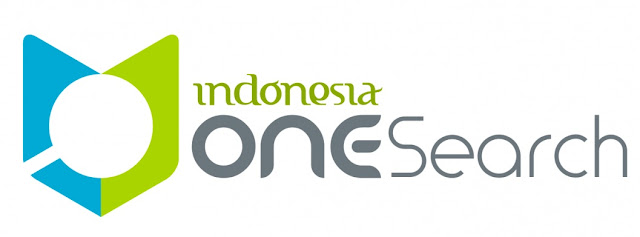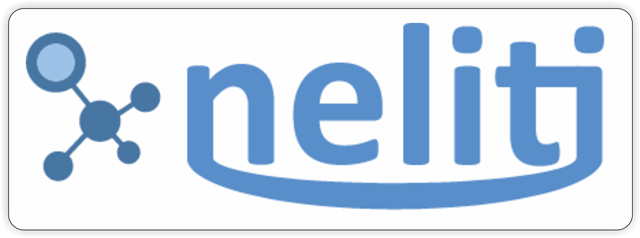GENDER INEQUALITY IN EDUCATION AND ECONOMIC GROWTH IN WEST JAVA
Abstract
This study seeks to examine the impact of educational variables, which are components of the GDI, on economic growth. The research aims to determine the extent of the influence of gender inequality in education, represented by the variables of average years of schooling and school expected rates, as well as the percentage of the population receiving higher education in West Java, and to analyze the achievements of gender equality in education in West Java during the 2019-2023 period. This research employs a quantitative data analysis technique using the Generalized Method of Moments (GMM), covering 27 regencies/cities in West Java Province. The data used in this study is secondary data collected from the West Java Central Statistics Agency for the period 2019-2023. The results of the study show that the ratio of average years of schooling and the ratio of higher education have a significant negative impact on per capita income. Meanwhile, the ratio of expected years of schooling has a positive but insignificant effect on per capita income. Additionally, the achievement of gender equality in West Java has reached 90% of the targeted goal. Therefore, achieving equal gender equality across all areas of West Java remains a challenge for the government to continue reducing the existing disparities.


















